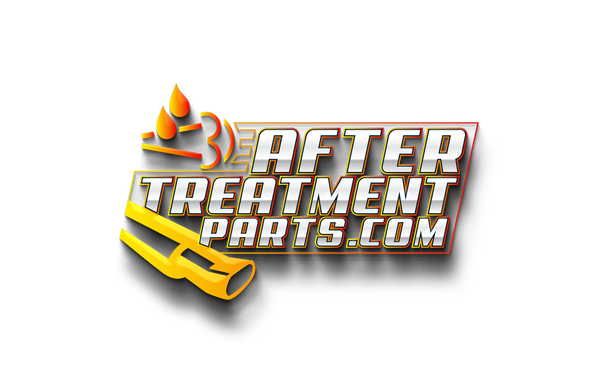### Components of the DEF System
1. **DEF Tank**: Stores the Diesel Exhaust Fluid, which is a solution of approximately 32.5% urea and 67.5% deionized water. It’s equipped with a level sensor, temperature sensor, and a quality sensor to ensure the DEF remains effective.
2. **DEF Pump**: Pumps DEF from the tank to the dosing module. It is controlled by the engine's electronic control module (ECM) to deliver precise amounts based on engine operating conditions.
3. **DEF Injector**: This component sprays the DEF into the exhaust stream. The injector is critical as it atomizes the fluid finely enough to ensure it vaporizes and reacts properly in the SCR catalyst.
4. **SCR Catalyst**: The core component where the chemical reaction occurs. The SCR catalyst converts nitrogen oxides into nitrogen, water vapor, and a small amount of carbon dioxide—harmless substances—by using the ammonia generated from the DEF as a reductant.
5. **Dosing Control Unit**: Regulates the amount of DEF injected into the exhaust stream, based on data received from various sensors that monitor engine performance and exhaust gas composition.
6. **NOx Sensors**: Located before and after the SCR catalyst to measure the levels of NOx in the exhaust. These sensors provide feedback to the ECM, which adjusts the DEF injection rate to optimize NOx reduction.
7. **Exhaust Temperature Sensors**: These sensors help ensure that the exhaust gases are within the optimal temperature range for the SCR process to be effective.
### How the Components Work Together
- **Injection of DEF**: As the diesel engine operates, the ECM calculates the required amount of DEF to inject into the exhaust stream based on engine load, speed, and the NOx level detected by the sensors.
- **Conversion in SCR Catalyst**: When the injected DEF enters the hot exhaust stream, it vaporizes and decomposes into ammonia and carbon dioxide. The ammonia then reacts with the NOx in the SCR catalyst to produce nitrogen and water vapor, which are environmentally benign.
- **Feedback and Adjustment**: The system continuously monitors the effectiveness of the SCR process through the NOx sensors. If the reduction is insufficient, the ECM adjusts the DEF dosing rate. Similarly, if there is an excess reduction, it reduces the dosing rate to avoid ammonia slip (excess ammonia exiting the system).
- **Maintenance and Alerts**: Regular maintenance is required to ensure the DEF is not contaminated and the system is free from blockages or leaks. The ECM can alert the operator to potential issues with the system, such as low DEF levels or malfunctioning components.
The DEF system in Cummins engines is a critical component for meeting stringent emission standards and ensuring environmental compliance while maintaining the engine’s performance and efficiency. Regular checks and maintenance of the DEF system are essential to keep heavy-duty engines running smoothly and cleanly.
We stock and sell many DEF Pumps, Dosing Valves, NOx Sensors, and other related components. Check out our store or send us a message to discuss your needs !

